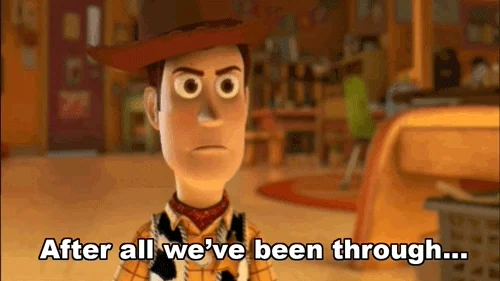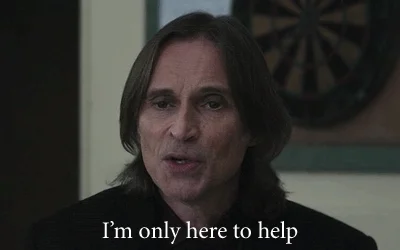Congratulations! You've landed that interview for the position you wanted. You've done your research about the company, dressed for success, and came in early. Wow, that's a good start!

Everything seems to be going smoothly when the hiring manager asks you:
"Describe a time when you had to deal with an unhappy customer."

Wait! Don't panic. This is your chance to shine bright and get that job.
Why do they want me to "describe" and not just tell them?
Hiring managers want you to describe what happened instead of just telling them because they want to know that your story is genuine.

Give a descriptive touch to your story
Tell your story using words that describe the scene, the atmosphere, the reactions, and the outcome. Appeal to the hiring manager's senses. Use only relevant descriptions.
Tips to describe the situation:
Was it busy?
How frustrated was the customer?
How was your body language and tone?
Did you actively listen and paraphrase the customer's concern to ensure understanding?
Did you de-escalate the situation?
Quiz
Select the option that best describes how you could appeal to the hiring manager's senses:
What you don't want to do...
Tell or have your hiring manager assume that you got mad and frustrated.
Talk about your customer's physical appearance.
Mention your personal opinion about the customer's personality or character.
Be dismissive about the customer's concern.

Quiz
When describing how you dealt with an unhappy customer, what should you NOT mention in the interview?
So, how do I answer the question?
Be honest. If you've never dealt with an unhappy customer before, tell the hiring manager something like this:
"I have never had to deal with an unhappy customer before, but I'll describe how I would do it."

Highlight your ability to deal with unhappy customers
Describe how you actively listened to the customer.
Describe how you were empathetic and used phrases such as, "I can see your point."
Talk about what you said to de-escalate the situation.
Talk about what you learned.

Check out these examples about highlighting your ability to deal with an unhappy customer:
"Even though the customer was frustrated, I connected with her by telling her I was there to listen to her concerns."
"Although I knew the customer's request was unreasonable, I was empathetic and told them that I could see their point."
"My promptness to listen, my confident tone of voice, and my empathy were critical to de-escalating the situation and reaching an understanding with the customer."
Take Action
Now you're ready to answer the question, "Describe a time when you had to deal with an unhappy customer."
You've got this!

Your feedback matters to us.
This Byte helped me better understand the topic.
